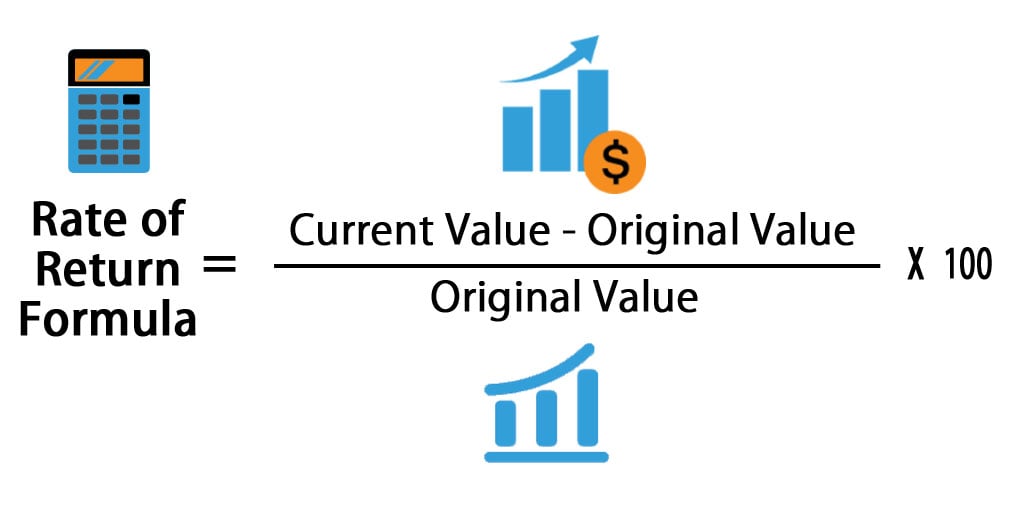
Apologise, but: How to calculate annual rate of return on investment in excel
| DO THE CREATORS OF SNAPCHAT MAKE MONEY |
| How to calculate annual rate of return on investment in excel |
| GTA V MIT BUNKER GELD VERDIENEN |
| EARN MONEY ONLINE TRUSTED SITES |
| How to calculate annual rate of return on investment in excel |
buyupside
You can use the Excel spreadsheet POWER function to compute the annualized return of an investment. With the POWER function enter the final value of the investment, the amount of the initial investment and the time period in years between the final value and initial investment.
The form of the POWER function is:
=POWER(Final dollar value/Initial dollar value,1/Time how much was bitcoin in july 2022 are two examples that show you how to use the POWER function.
Example 1: Invest $5, for 30 Years That Grows to $40,
Assume that you invest a lump sum of $5, which accumulates to $40, in 30 years. What is the annualized return?
In a cell of an Excel spreadsheet enter:
=POWER(/,1/30)-1
In that cell Excel returns:
So the annualized return is percent.
Example 2: Invest $10, for 40 Years That Grows to $,
Assume that you invest a lump sum of $10, which accumulates to $, in 40 years. What is the annualized return?
In a cell of an Excel spreadsheet enter:
=POWER(/,1/40)-1
In that cell Excel returns:
So the annualized return is percent.
Related Article, Calculator and Functions
Annualized Return
Compound Annual Growth Rate (CAGR) Calculator
Using the Excel FV Function to Compute Future Value of Investments
Using the Excel PV Function to Compute Present Value of Investments
Copyright © Richard A. Howard. All rights reserved.
Источник: [www.oldyorkcellars.com]
0 comments